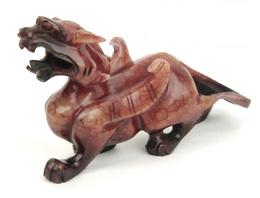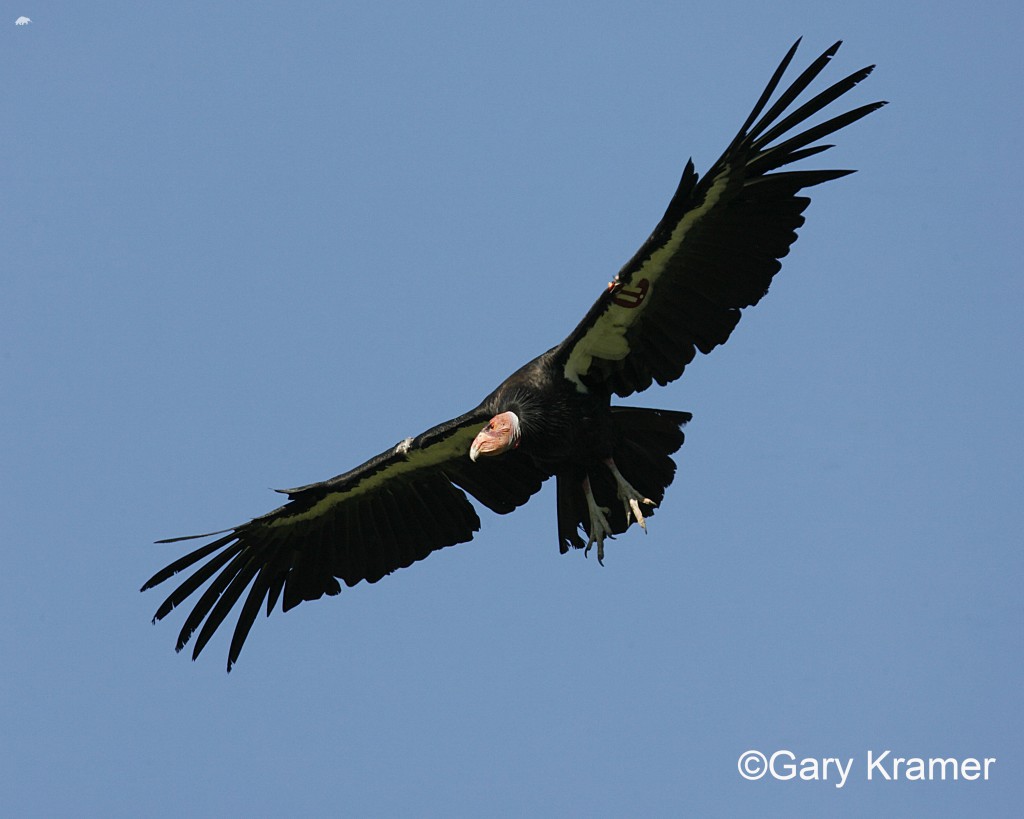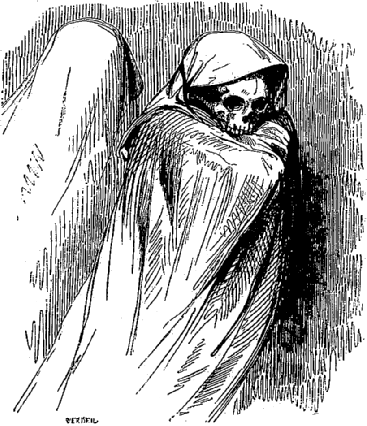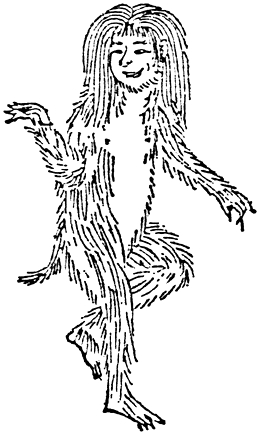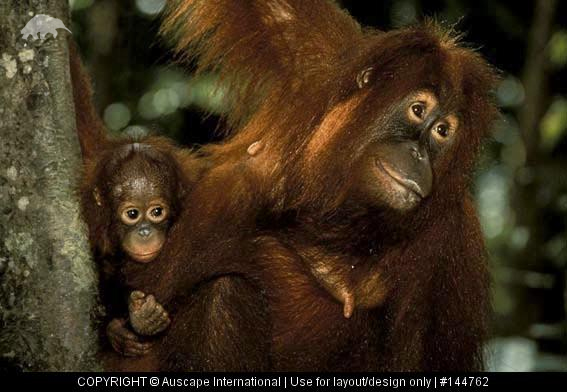
We’ve all been told the stories of fire-breathing dragons, shimmering unicorns, twisting sea serpents and enchanting mermaids. And we’ve all sighed as we closed the book or turned off the television, knowing that such beasts could never exist. But what if I were to tell you that some of them do exist, just perhaps not in a form that you might recognise? In fact many of our EDGE species seem to have inspired myths and legends of their own, meaning that these ‘mythical’ creatures are wandering the Earth right now, although potentially not for much longer. So for the wildlife and the fantasy lovers among you, here some of our favourite ‘mythical’ EDGE species.
Pixiu and Zouyu (China)
China has many myths and legends, of dragons, of the unicorn-like ‘KiLin’, of hungry ghosts and giant tortoises and three-legged crows. Among this menagerie of wondrous beasts are the Pixiu (or Pi Yao) and the Zouyu.
Known as the ninth offspring of the great dragon, the Pixiu is a winged lion who loves the smell and taste of money, particularly gold and silver. Statues of it are often used in Feng Shui to attract wealth, and it is also considered a ferocious guardian, protecting its master against demons and disease and standing as inspiration for the Chinese army.
The Zouyu resembles a white lion or tiger, has black spots and is known as a gentle herbivore. Although it has the power and ferocity of a tiger, it eats only plants, and because of this is considered a righteous beast; appearing only during the reign of a just and kind emperor. Spotting a Zouyu was considered a sign of extreme good fortune.
Lovely stories, but with no real basis in reality, surely?
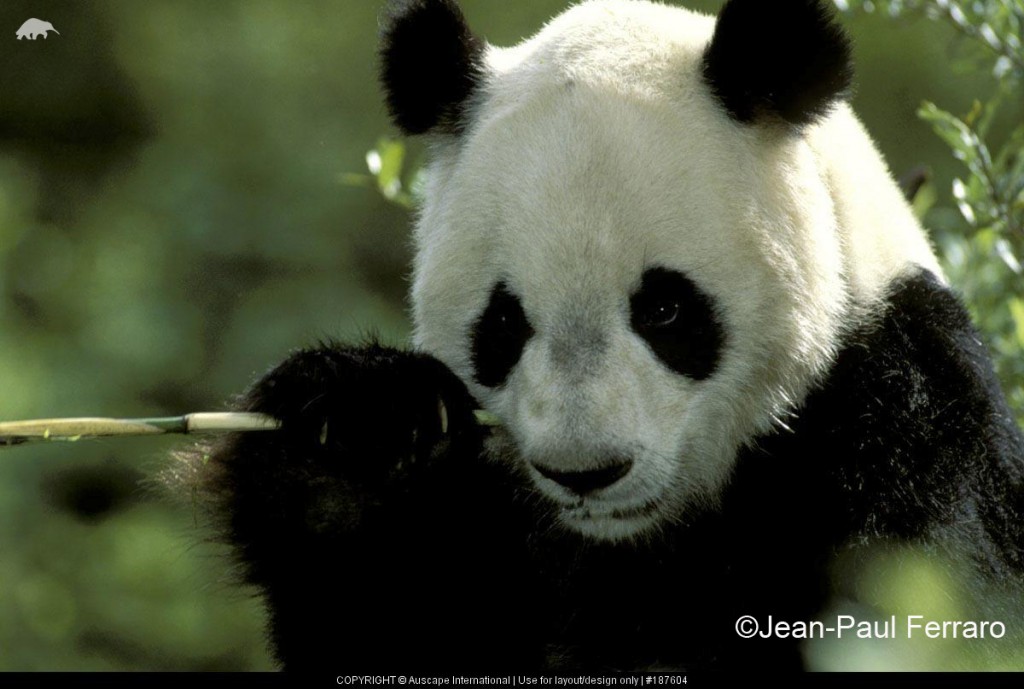
Well, we all know this adorable face. This is a giant panda, an EDGE mammal and one of the world’s most charismatic and famous endangered species. And yes, believe it or not, it’s likely the animal behind both the Pixiu and the Zouyu legends.
Although today we tend to think of the panda as cute and cuddly, pandas in the wild behave very differntly to the captive animals we are accustomed to. In fact, the giant panda delivers one of the highest bite forces of any carnivore. People in ancient China revered the panda for its ferocity and strength, and believed that it could chew through iron and copper (panda urine was also considered to be an effective remedy for swallowed needles), possibly giving rise to the tales of the coin-eating Pixiu. Similarly, the Zuoyu legend of a white, tiger-like creature with black spots, that only ate plants, is said to have been used to refer to the panda during the West Jin Dynasty. It certainly sounds like a panda, doesn’t it?
Mermaids (Global)
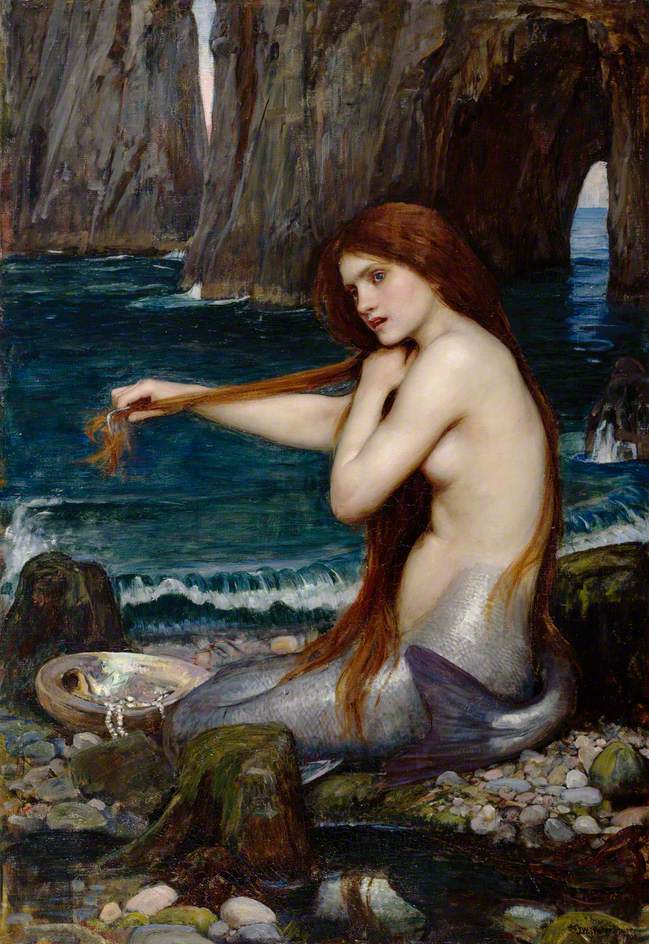
Whether you know them from famous artworks, fairy tales, or the Disney movie, mermaids have always been a huge part of popular culture. First appearing in the myths of ancient Assyria, these half-women, half-fish creatures roam the seas in many legends. Even historical figures such as Christopher Columbus and Blackbeard report having encountered mermaids. The chapel in Durham castle has a carving of a mermaid that dates back to the 11th century. And as recently as 2012, workers in Zimbabwe reported being driven from their sites by angry mermaids. It’s clearly a pervasive and compelling legend, and one that still has power today. But did these mysterious creatures ever really exist?
They may not look quite like Daryl Hannah in Splash, but they could no doubt beat her in a breath-holding contest. This is a dugong, the world’s only primarily herbivorous marine mammal. Its close relative, the manatee, lives mostly in fresh water, making its ponderous way through slow-moving rivers and wetlands. Neither of these creatures look much like mermaids close up, but if you imagine seeing them at a distance from the deck of a ship, it’s really not hard to see how they could have given rise to legends of mermaids. With their sparse body hair, round faces, and flippers located approximately where arms would be on a human, they actually paint a rather convincing picture. Christopher Columbus even reported that the mermaids he saw were “not half as beautiful as they are painted”, possibly surprised by the mantee’s Hoover-like snout and bristly chin! What’s more, a dugong’s mammary glands are located near their shoulders, near where a human woman’s breasts would be. If any sailors saw a dugong nursing her calf, it might well resemble a human mother with a baby. It’s hardly any wonder this family of aquatic mammals was given the name ‘sirenia’, referring to the ancient Greek sirens, often depicted as mermaids.
The Thunderbird (Native American)
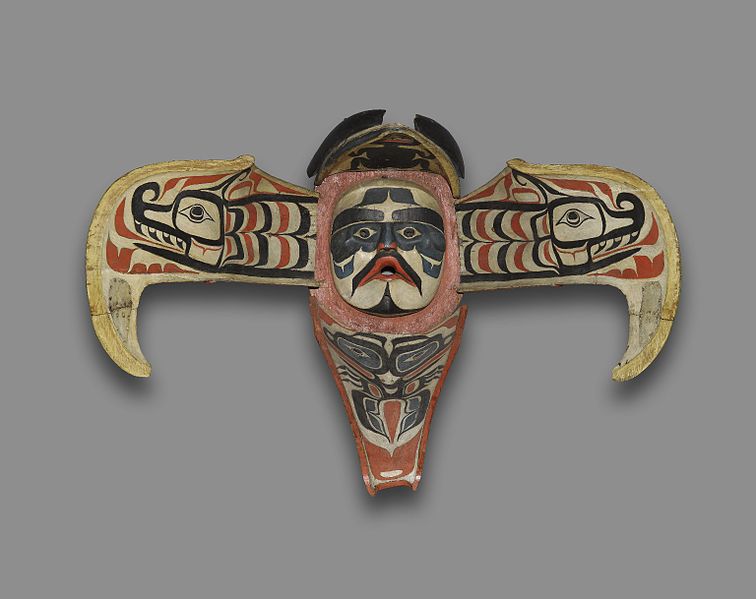
Many Native American tribes, including the Lakota, Ojibwe, and Nootka, have stories of the great thunderbird, a bird so massive that the beating of its wing was like the clapping of thunder. The thunderbird was said to bring the rain and storms, to carry lightning in its beak, and drag clouds along with its wings. Native Americans identified it either as a singular being or as a species, sometimes stating that thunderbirds could take human form at will. And the story doesn’t end there. In 1890, two cowboys reported killing a lizard-like flying creature they called a thunderbird.
With the wide range of the thunderbird myth, ranging from the Pacific Northwest to the Great Lakes, Plains, and Southwest, it’s difficult to pin a single species down as being the source of these stories. Chances are good, however, that we can pinpoint the root of the tales in the American Southwest. The California condor is North America’s largest land bird, and also has the largest wingspan, reaching nearly ten feet (over 3 metres) in length. This bird is so huge that, when seen flying, it is sometimes mistaken for a small plane. Soaring birds such as vultures will also often ride the wind currents of incoming storms, possibly leading to the stories of thunderbirds bringing the rain. Finally, with its bald head, it’s not difficult to see how it could be called “lizard-like”!
Ghosts and Ancestors (Malagasy)
We’ve all been told a ghost story. Tales of spirits wailing their way through crumbling houses, or flitting through the trees of ancient forests. Maybe they’re the spirits of long-dead family members, or the victims of crimes desperately seeking justice and retribution. They are a source of fear, wonder, and worship in many different cultures. Among the Malagasy people of Madagascar, ancestors are believed to watch over their descendants and influence their lives. Respect to ancestors is shown via various fady, or taboos, as well as through ceremonies and art. But sad extinctions notwithstanding, there aren’t any ghosts among the EDGE species…right?
Perhaps it’s no surprise, given their large, luminous eyes and human-like faces, but in many Malagasy tribes the living representatives of ancestral spirits are Madagascar’s endemic lemurs. Several of the Malagasy tribes believe that the ancestor spirits take up residence in the bodies of lemurs, and thus it is customary when finding a dead lemur to give it the same funeral rites as a human. Different tribes choose different species of lemur to represent their ancestors, many of which are EDGE species.
The largest of all living species of lemurs, the indri, is considered particularly sacred. Legends say that, in ancient times two brothers lived in the forest, until one decided to come down from the trees and till the earth. The brother who remained in the woods became the indri, and the brother who left became the first human. Because of this supposed shared ancestry, it is fady to hunt, kill, or consume the indri.
Perhaps the most dreaded, conversley, is the aye-aye, a nocturnal lemur with long, bony fingers. The aye-aye is reported to be remarkably fearless of humans, contributing to its reputation. If an aye-aye enters a village, it is an seen as an omen of death. A man that an aye-aye points its middle figure at is said to be doomed. Some even believe that aye-ayes will creep into homes at night and use their long, sharp-nailed fingers to puncture the arteries of the sleepers within. And the Malagasy people weren’t the only ones to notice the supernatural appearance of these animals; in fact, the word “lemur” comes from the Latin lemures, meaning vengeful ghosts or spirits!
Shojo (Japan)
It’s a slightly unusual story from Japan: a red-faced, red-haired, human-like creature that loves to drink, especially sake (rice wine). According to the legend, shojos could be found haunting sake breweries, and were described as spirits or gods of drunkenness. In some stories, the sake they drank had healing powers for the pure of heart. They appeared in traditional Noh theatre as toys, and were even the inspiration for the apes in the classic anime film Princess Mononoke. So how could this strange, drunken, hairy man make an appearance as an EDGE species?
As it turns out, shojo is also the Japanese word for orang-utan. It’s not difficult to see why, with its bright red fur, comical expression, and human-like body. It’s not precisely known whether the spirit was named after the ape or vice versa, though interestingly, real orang-utans cannot metabolise alcohol! It’s believed that perhaps ground-dwelling apes such as chimps, gorillas, and humans, evolved to handle their drink from gathering fermented fruit that had fallen to the ground. Since tree-dwelling orang-utans could gather the fruit before it fell and began to ferment, they had no need for this particular trait.
So, there you have it. Five mythical creatures that exist today in some form as EDGE species, with five more to come in Part 2! While they may not sniff out gold or spit lightning, these weird and wonderful animals have been igniting human imagination for thousands of years. Please help us to keep these animals from becoming true myths by donating or fundraising for EDGE!
